The Art of Pie Making: A Comprehensive Guide

Beyond just being a dessert, pies have played a role in historical events and traditions. For example, during medieval times, pies were often used as a means to preserve meat. The crust, or 'coffyn' as it was called, was not always intended to be eaten but served more as a cooking vessel. In American culture, pies have become synonymous with comfort and homeliness, often featured in family gatherings and festive occasions. This universal appeal of pies stems from their versatility and the endless combination of flavors and textures they can offer.
The evolution of pies has also reflected changes in society and technology. Early pies were simple, using whatever ingredients were locally available. However, as global trade expanded, so did the variety of ingredients used in pies, leading to the sweet and savory pies we know today. Moreover, advancements in kitchen appliances and tools have transformed pie-making from a labor-intensive process to an accessible and enjoyable activity for bakers of all skill levels.
The role of pies in storytelling and popular culture further cements their status as a culinary icon. From the infamous 'four and twenty blackbirds baked in a pie' nursery rhyme to the classic American apple pie, pies have been a subject of literature, music, and cinema. This cultural significance makes pie-making more than just a culinary practice; it's a way to connect with history, culture, and art.
Essential Pie Making Tools and Ingredients
In addition to the basic tools, more specialized equipment can enhance the pie-making experience. A pie crust shield helps prevent the edges from burning, and a dough blender can make it easier to incorporate fat into flour. For those who love precision, a kitchen scale ensures accurate measurements, and a pie bird can be placed in the center of a pie to allow steam to escape, preventing soggy bottoms.
When it comes to ingredients, the quality and type can greatly affect the outcome. For instance, different types of flour, like all-purpose or pastry flour, can alter the texture of the crust. The choice between butter, lard, or shortening as the fat component influences both flavor and flakiness. Experimenting with various sugars, from white to brown to cane, can also add depth to the taste of both the crust and filling.
Herbs and spices play a critical role in pie-making. While sweet pies benefit from cinnamon, nutmeg, and vanilla, savory pies can be enhanced with thyme, rosemary, and black pepper. Understanding the balance of these flavors is key to creating a harmonious filling. Additionally, the choice of thickeners, ranging from flour and cornstarch to tapioca and arrowroot, affects the texture and clarity of the pie filling.
Making the Perfect Pie Crust
Temperature control is crucial in pie crust preparation. Keeping ingredients cold ensures that the fat doesn't melt before baking, which is essential for creating a flaky texture. Another important factor is the water content; too much can make the dough tough, while too little can lead to a crumbly crust. Adding water gradually and stopping once the dough comes together is a good practice.
Technique also plays a significant role. For instance, when combining the fat and flour, it's important to do so until just the right consistency is achieved - usually described as coarse crumbs. This ensures that fat pockets remain, which expand during baking to create flakiness. Furthermore, when rolling out the dough, using a light touch and even pressure prevents overworking, which can toughen the crust.
Resting the dough before and after rolling it out is another key step. This allows the gluten in the dough to relax, preventing shrinkage during baking. Chilling the formed crust in the pie dish before filling and baking can also help maintain its shape. These techniques, when mastered, can greatly improve the quality of the pie crust.
Pie Filling Varieties and Preparation
When it comes to fruit pies, the choice of fruit can make a big difference. Seasonal fruits tend to yield better flavor and texture. Cooking some of the fruit beforehand can help concentrate the flavors and reduce excess moisture. For cream pies, the custard needs to be cooked to the right consistency for a smooth, rich filling.
In savory pies, the preparation of the meat or vegetables is crucial. Pre-cooking these ingredients can ensure they are fully cooked and flavorful. Layering flavors through marinating or seasoning the fillings can add depth to the pie. When using vegetables, it's important to consider their water content, as some may release moisture during baking, affecting the pie's texture.
For those with dietary restrictions, there are plenty of alternatives. Gluten-free flours can be used for the crust, and plant-based fats can substitute butter or lard. Fillings can also be adjusted, using sugar substitutes or dairy-free options for cream pies. These adaptations allow everyone to enjoy pie making and eating, regardless of dietary needs.
Assembling and Baking the Pie
Precision in assembly can greatly impact the final product. For double-crust pies, ensuring the top and bottom crusts are properly sealed prevents the filling from leaking. Egg washes, applied to the crust before baking, can provide a golden sheen and help seal the top and bottom crusts. Decorative edges, created by pinching or crimping the dough, not only add beauty but also help seal the pie.
Baking the pie at the correct temperature is critical. Starting with a higher temperature can help set the crust quickly, preventing it from becoming soggy. Then, reducing the temperature allows the filling to cook thoroughly without burning the crust. Using a baking stone or placing the pie on a lower oven rack can also help achieve a crispy bottom crust.
Monitoring the pie during baking is essential. Shielding the edges with foil or a pie shield can prevent them from browning too quickly. The pie is usually done when the filling is bubbly and the crust is a deep golden brown. Allowing the pie to cool properly sets the filling, making it easier to slice and serve.
Advanced Pie Making Techniques
For those looking to refine their crust further, blind baking (pre-baking the crust) can be a useful technique, especially for custard or fruit pies. This process involves baking the crust partially or fully before adding the filling, preventing sogginess. Pie weights or dried beans can be used to keep the crust's shape during blind baking.
Exploring different crust types can also enhance the pie. A graham cracker or cookie crust offers a crunchy, sweet alternative for cream pies. Phyllo dough can be used for a lighter, flakier crust, ideal for savory pies or tarts. Experimenting with these variations can add new dimensions to traditional pie recipes.
Presentation is key in pie making. Creative touches like using cookie cutters for decorative top crusts, adding braids, or creating themed designs can turn a simple pie into a showstopper. Edible decorations, such as pastry leaves or flowers, can be added after baking for an elegant finish. This attention to detail makes the pies not only delicious but also visually appealing.
Troubleshooting Common Pie Making Challenges
Adjusting baking methods can help fix common pie problems. For undercooked pies, lowering the oven temperature and baking for a longer time can ensure that the filling cooks through without burning the crust. If a pie is overcooked, using a pie crust shield or reducing the baking time for future attempts can prevent recurrence.
For crust issues like shrinkage, allowing the dough to rest adequately before and after rolling it out can help. If the crust cracks, a bit of cold water worked into the dough can repair it. Maintaining a consistent thickness when rolling out the dough ensures even cooking and reduces the risk of these issues.
Environmental factors like humidity and altitude can greatly affect pie making. In humid conditions, reducing the liquid in the dough can prevent it from becoming too sticky. At high altitudes, adjustments may need to be made to the baking temperature and time, as well as to the proportions of flour, fat, and water in the crust. These small tweaks can lead to successful pie making in any climate.
Diverse Pie Recipes and Inspirations
The world of pies is incredibly diverse, offering something for every palate. Fruit pies range from the classic apple and cherry to more exotic combinations like mango-raspberry or pear-ginger. Savory pies can include traditional meat pies, vegetarian options with seasonal vegetables, or fusion flavors that blend different culinary traditions.
Seasonality plays a big role in pie making. Summer offers an abundance of fresh fruits perfect for pies, while fall and winter provide opportunities to experiment with richer fillings like pumpkin, sweet potato, or savory meat and vegetable combinations. Regional specialties can also inspire, such as Key lime pie from Florida or pecan pie from the Southern United States.
Innovation is at the heart of modern pie making. Bakers are constantly experimenting with new ingredients, flavor combinations, and presentation techniques. From gluten-free crusts to vegan fillings, the possibilities are endless. This spirit of innovation encourages bakers to push the boundaries of traditional pie making and explore new culinary territories.
In conclusion, pie making is a rich and rewarding culinary art that combines tradition, creativity, and skill. From the selection of tools and ingredients to the intricacies of crust and filling preparation, each step offers an opportunity to create something truly special. Whether a novice or an experienced baker, the world of pies offers endless possibilities for exploration and enjoyment. The satisfaction of sharing a homemade pie with friends and family is unmatched, making it well worth the effort to master this timeless culinary art.



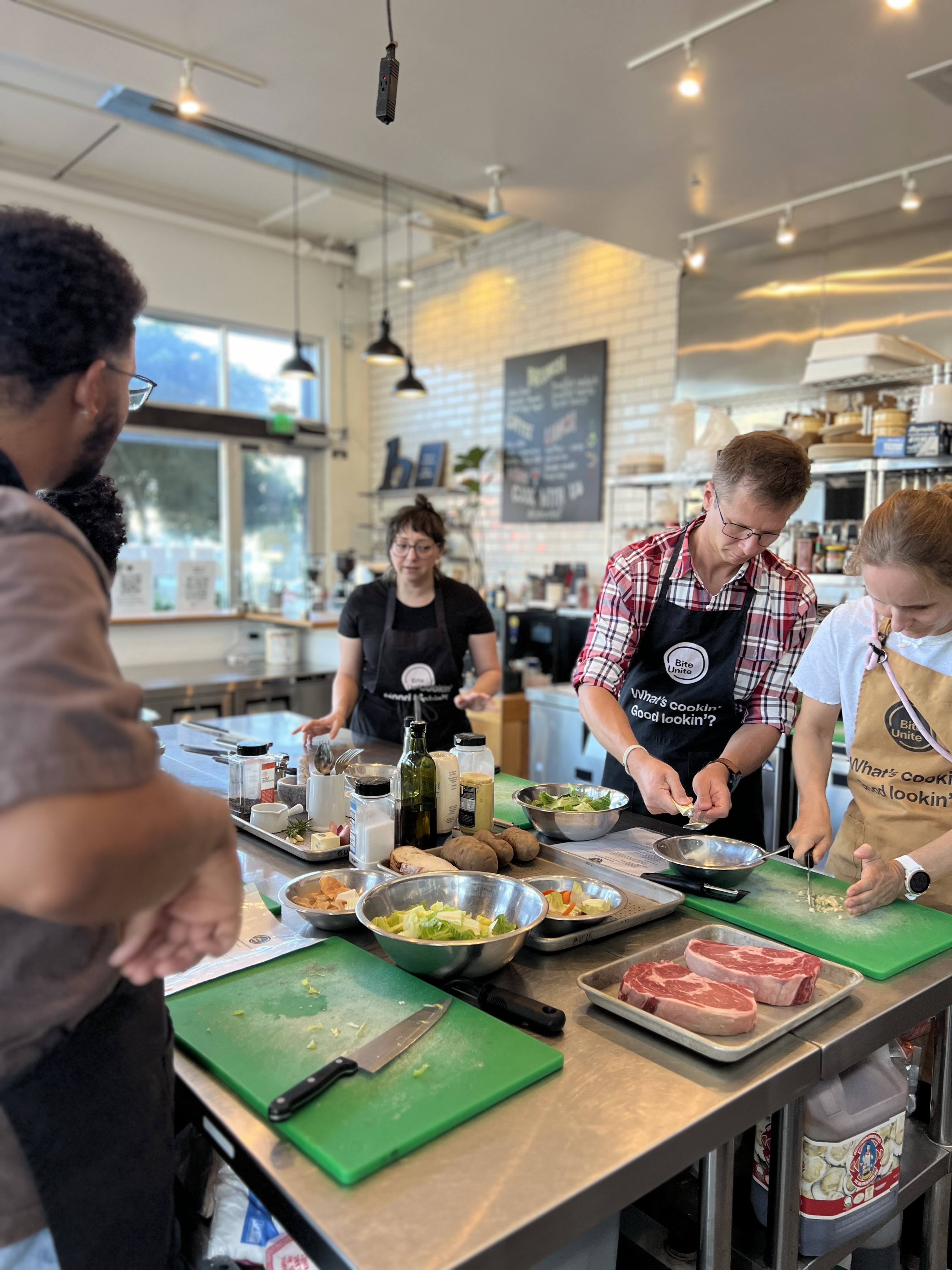
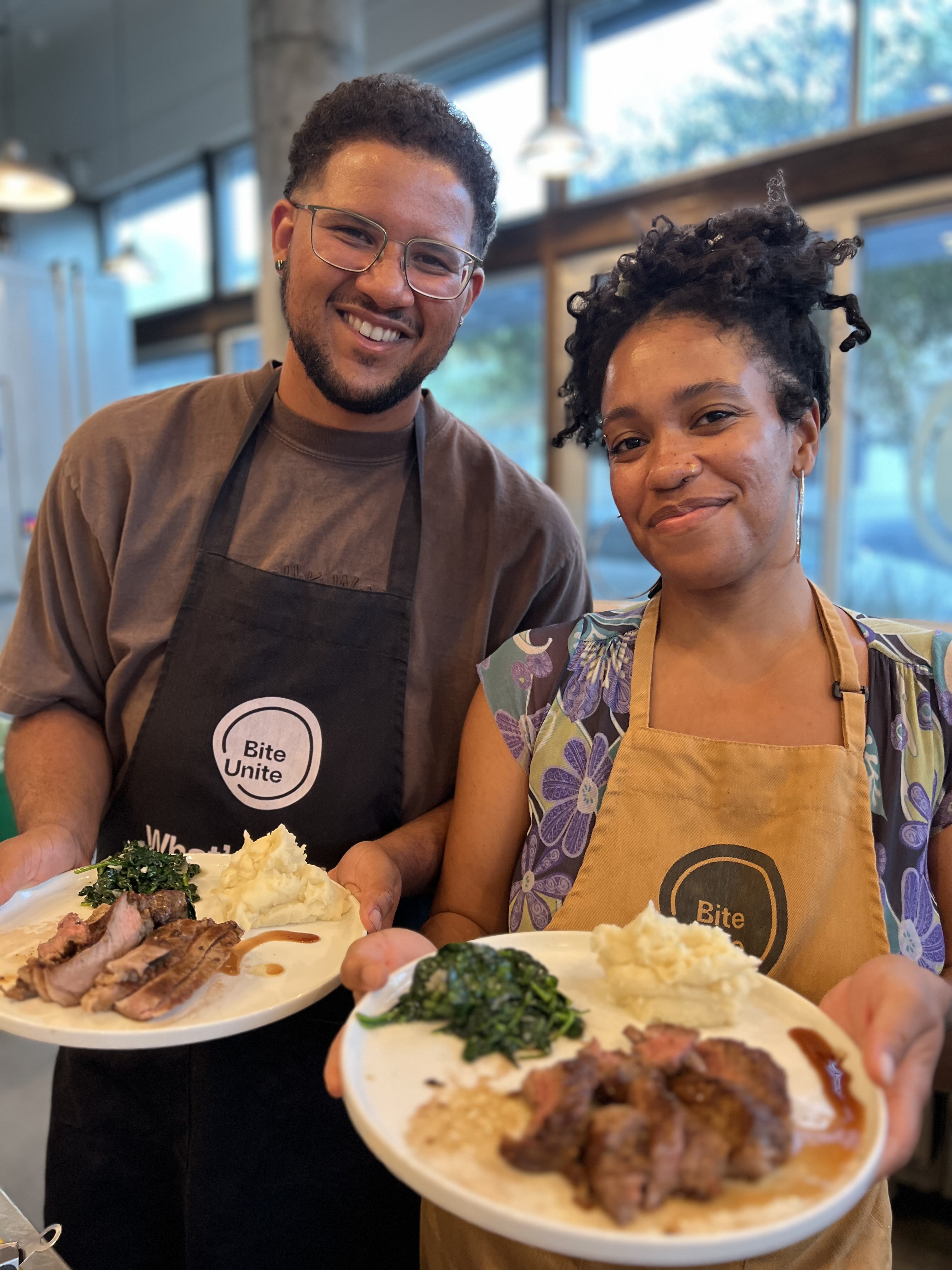
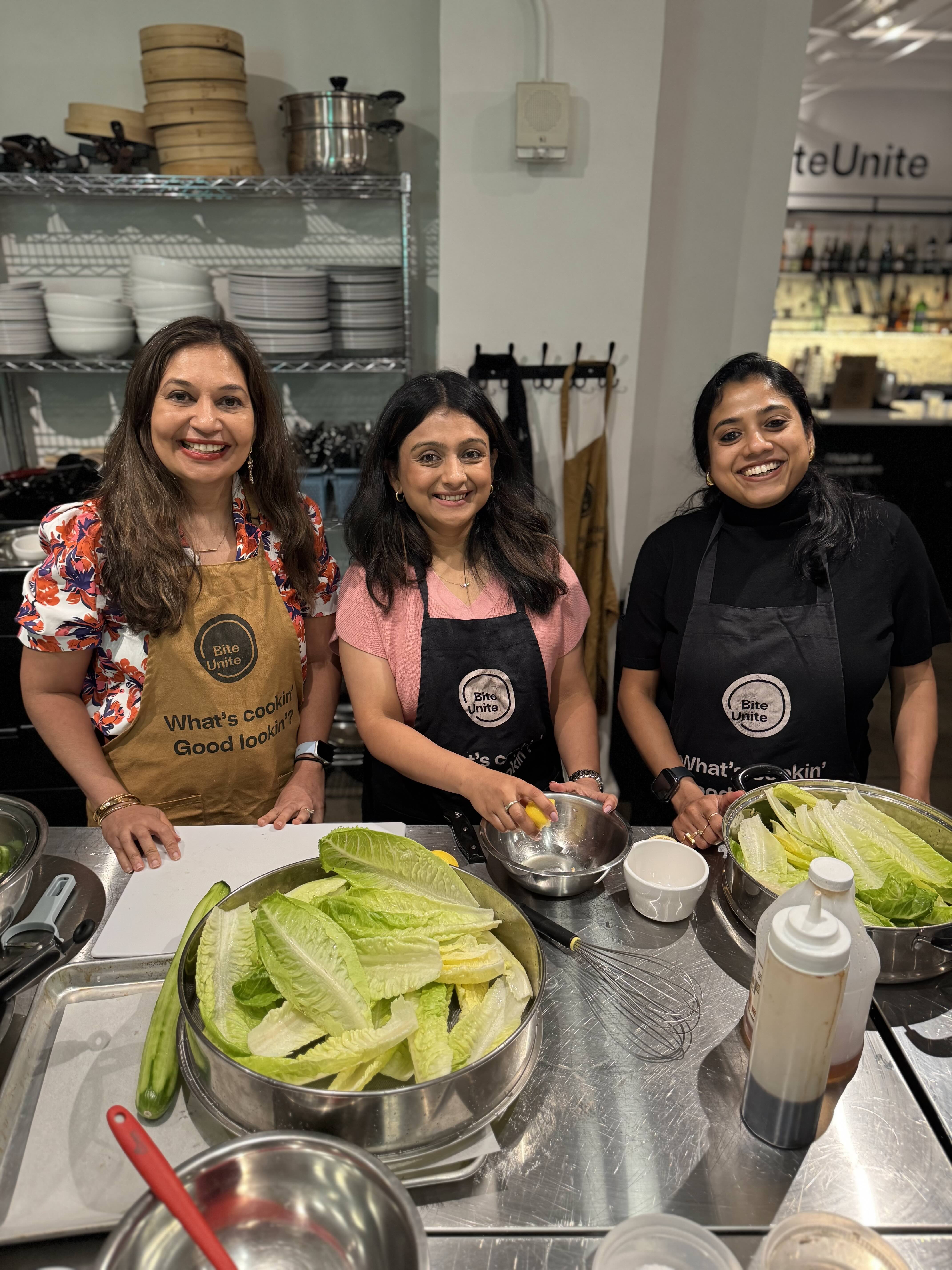



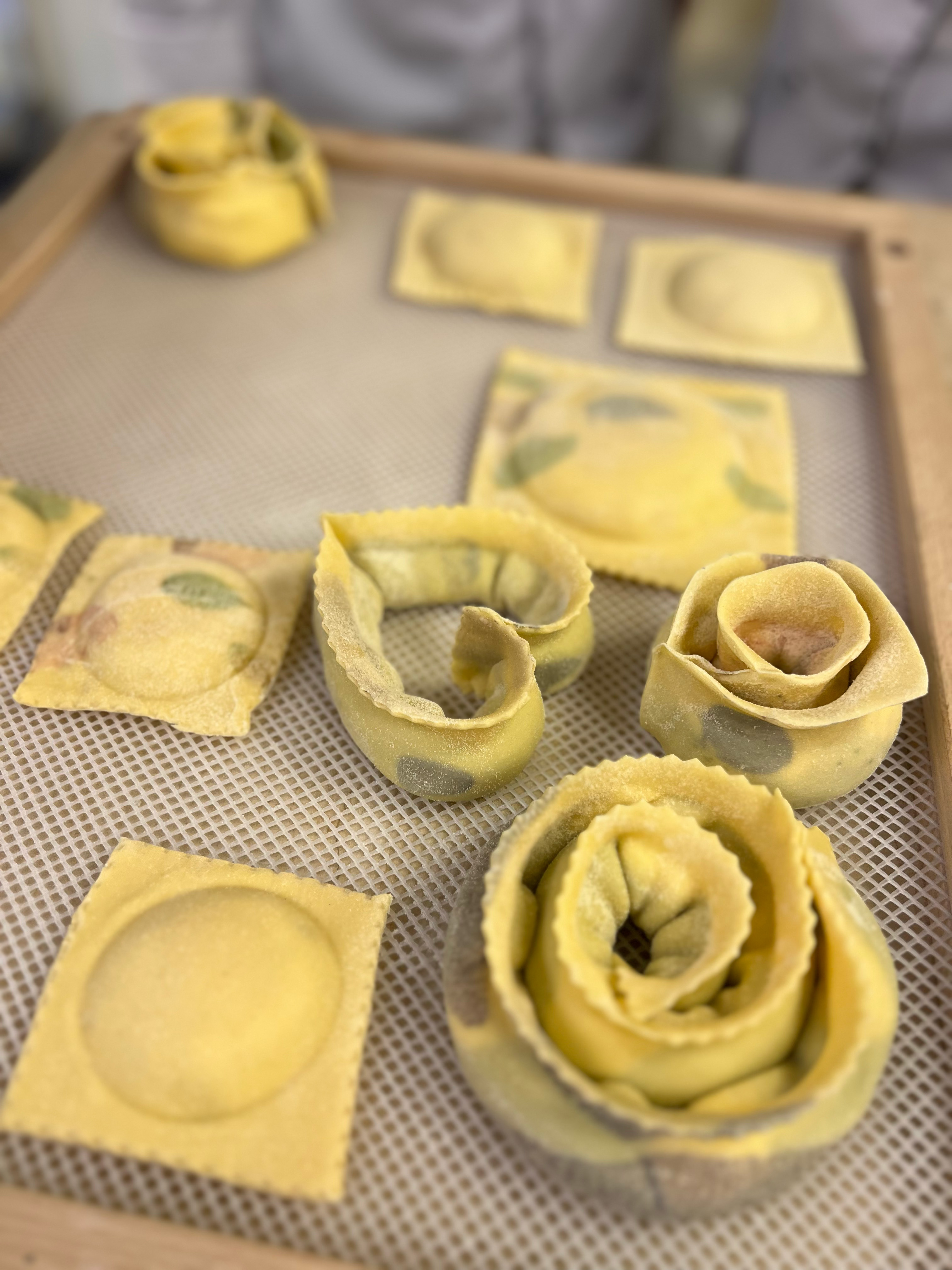
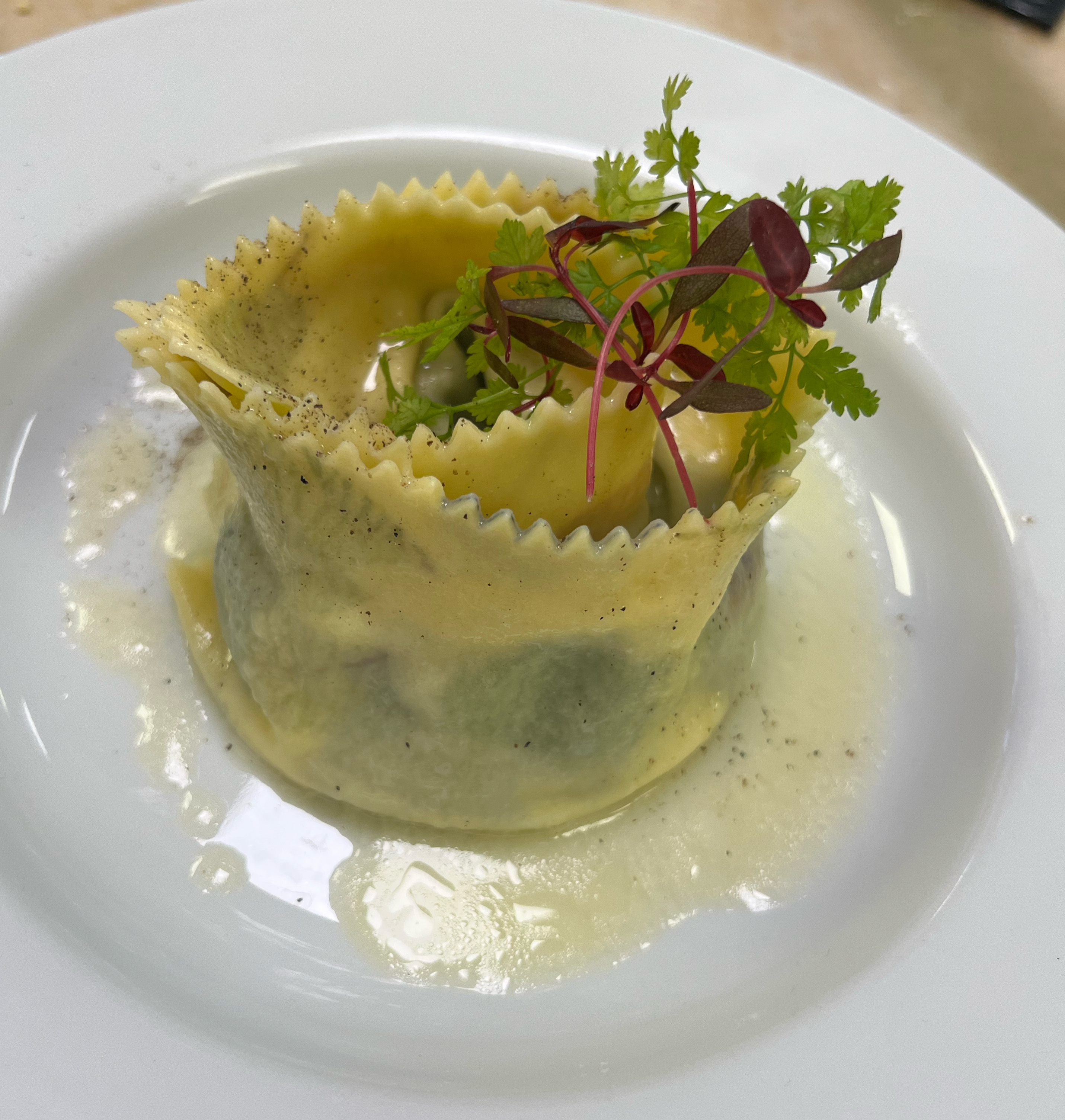



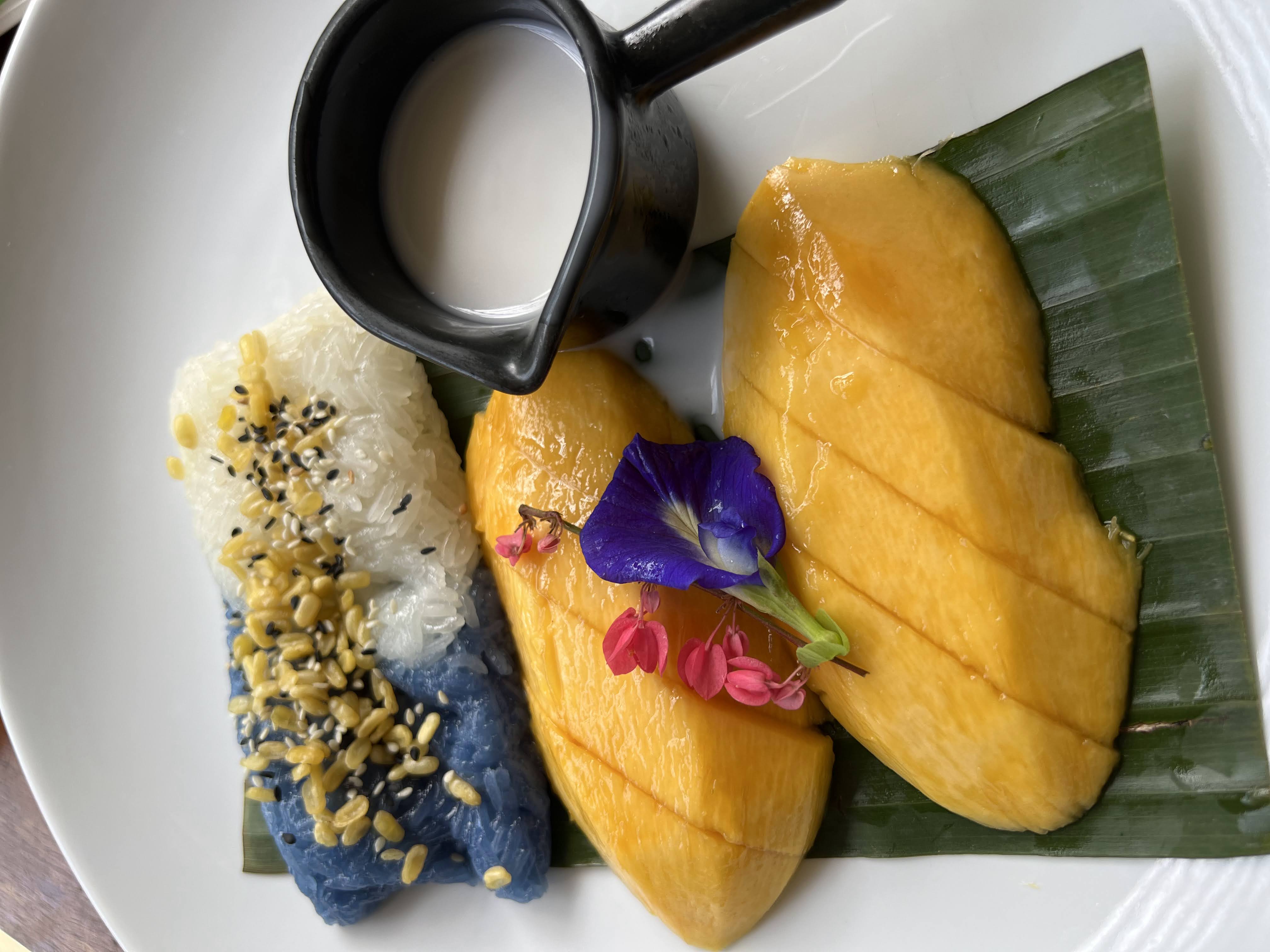
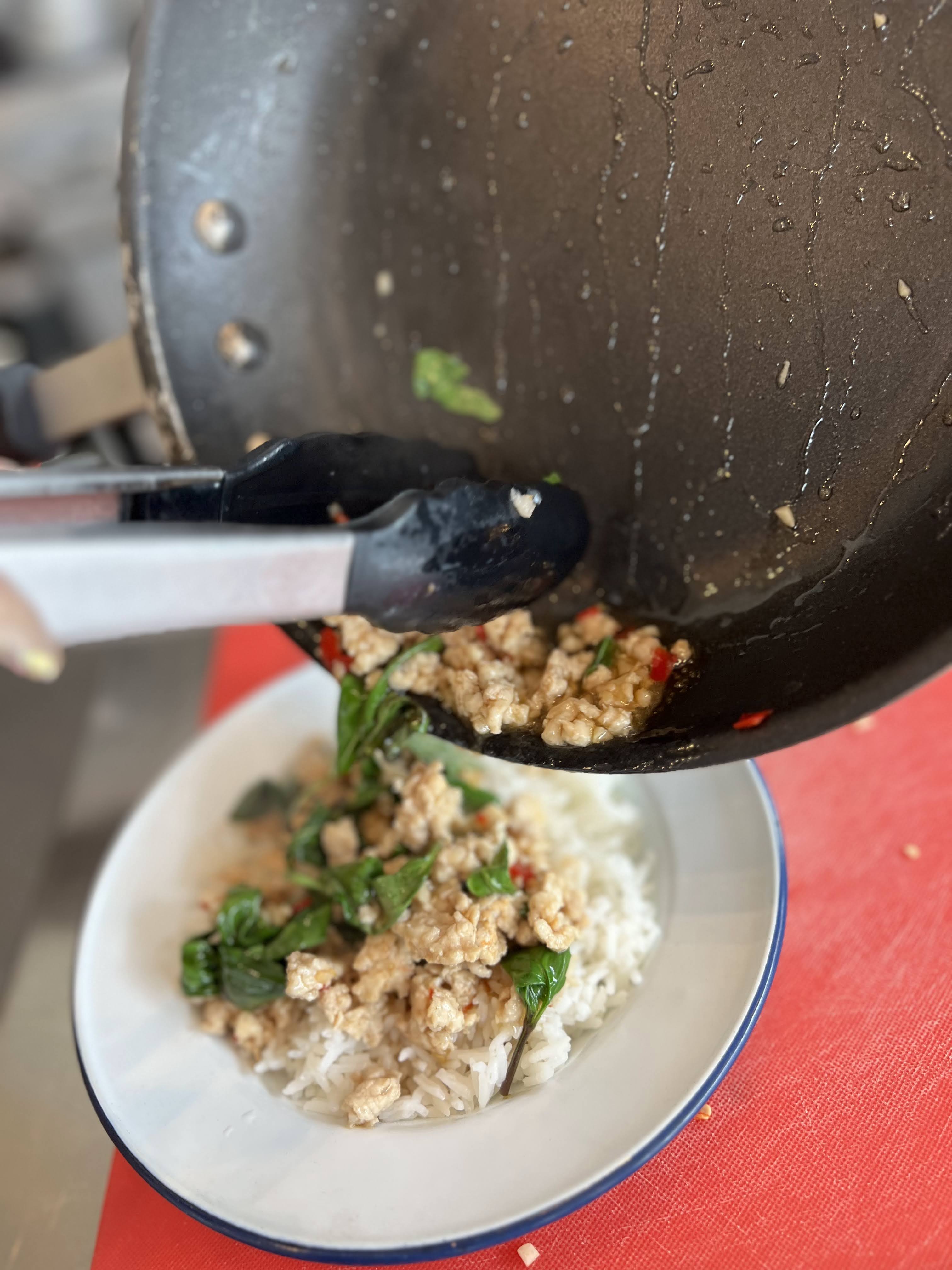
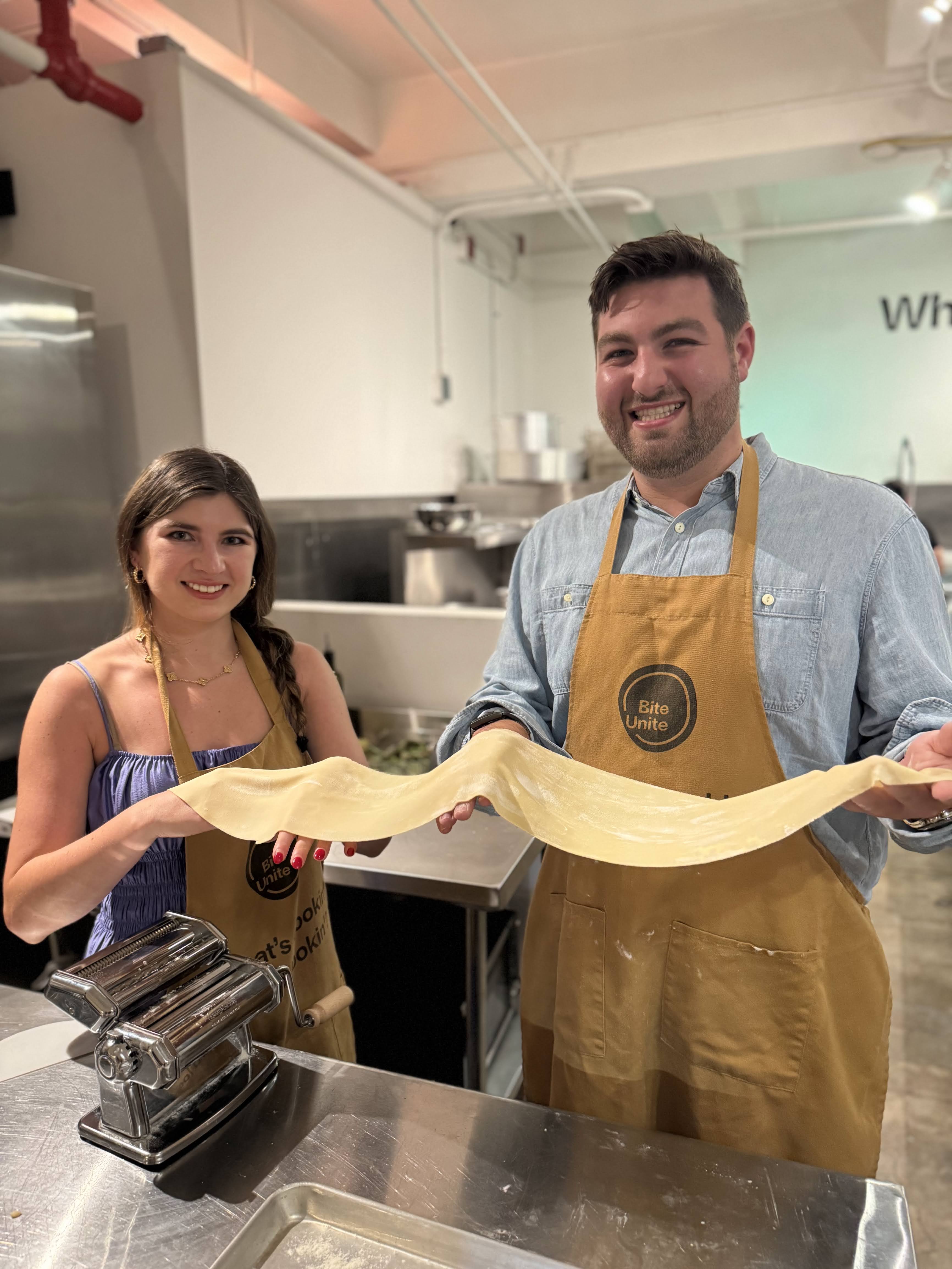
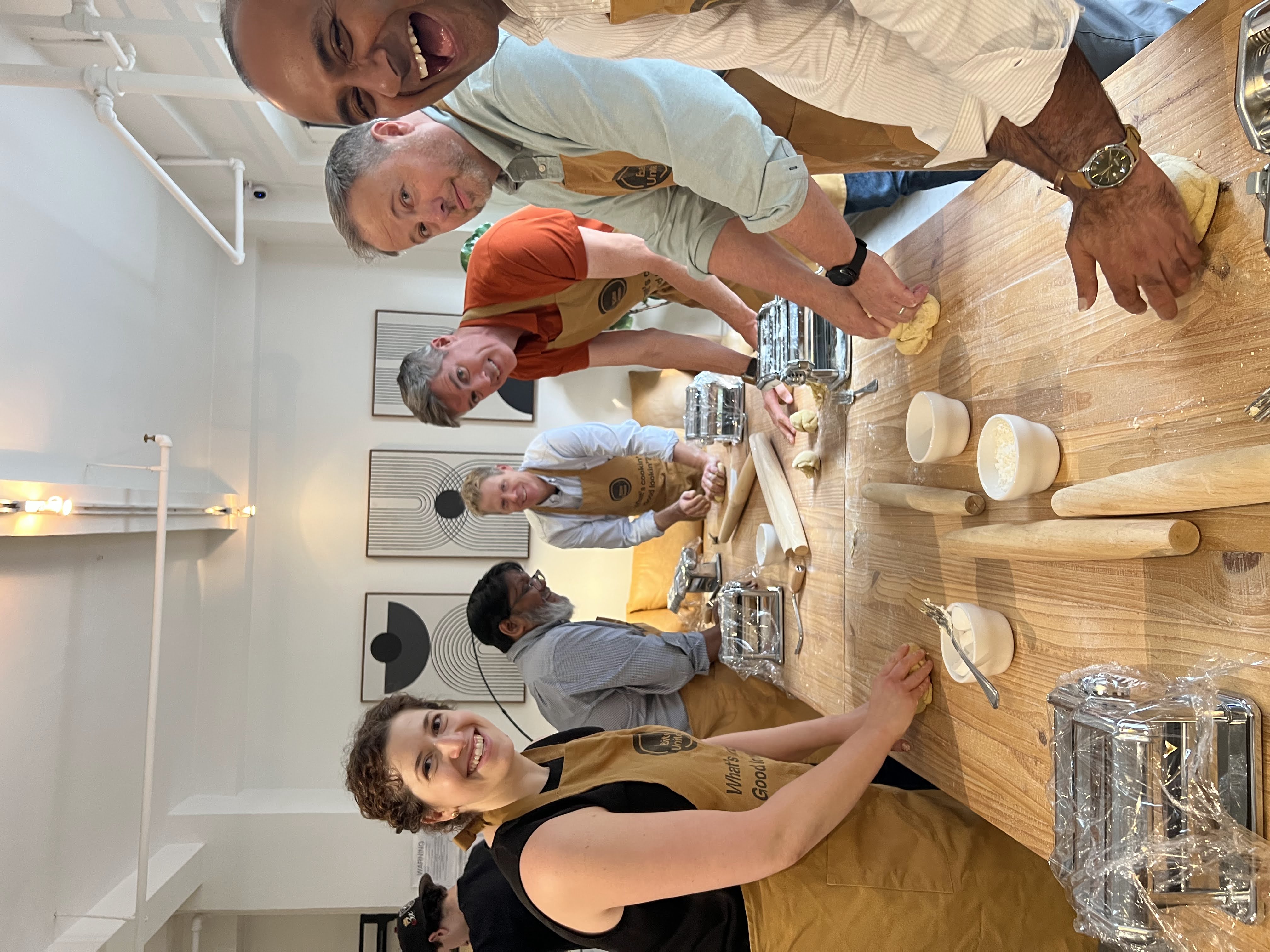
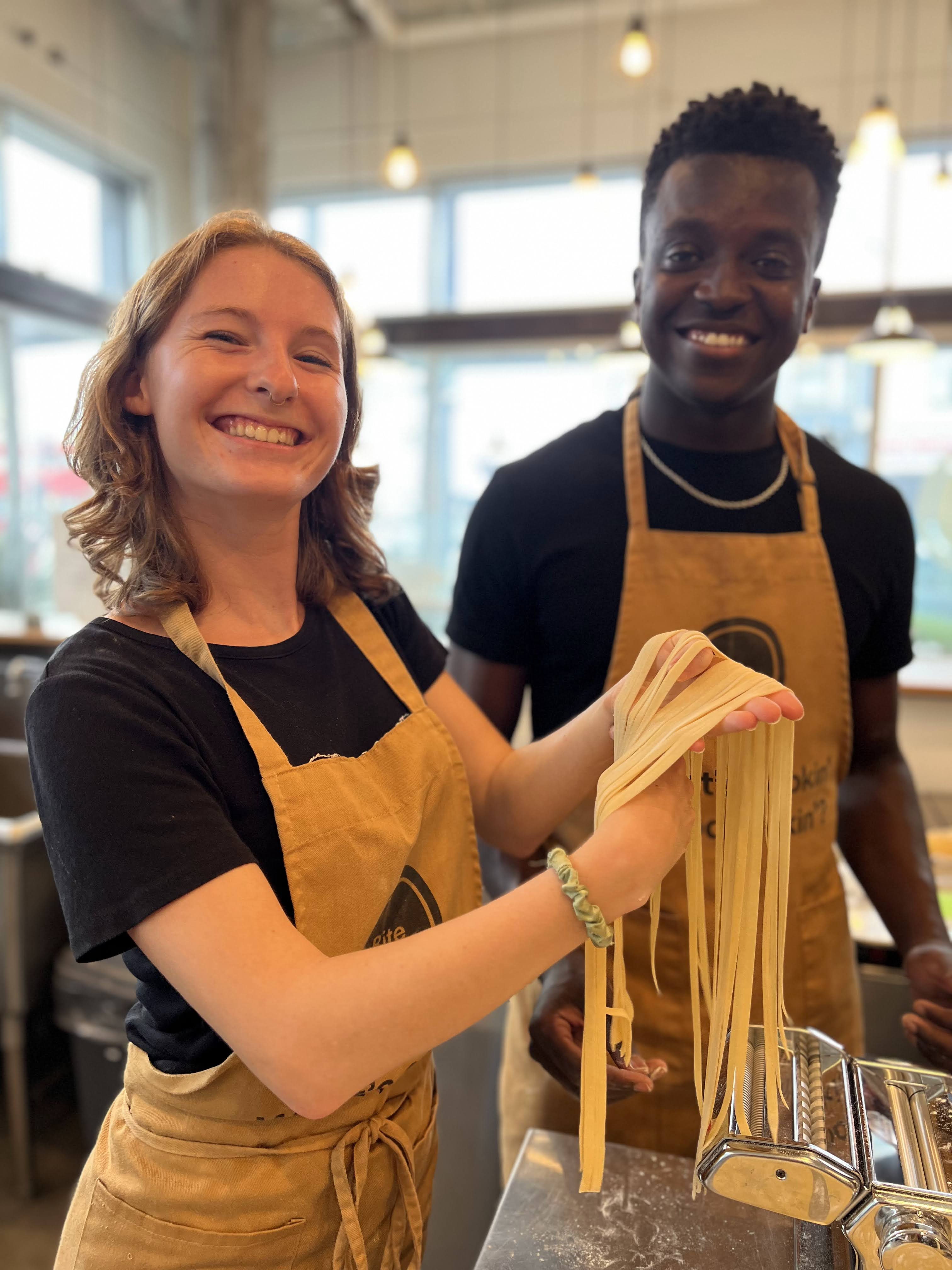
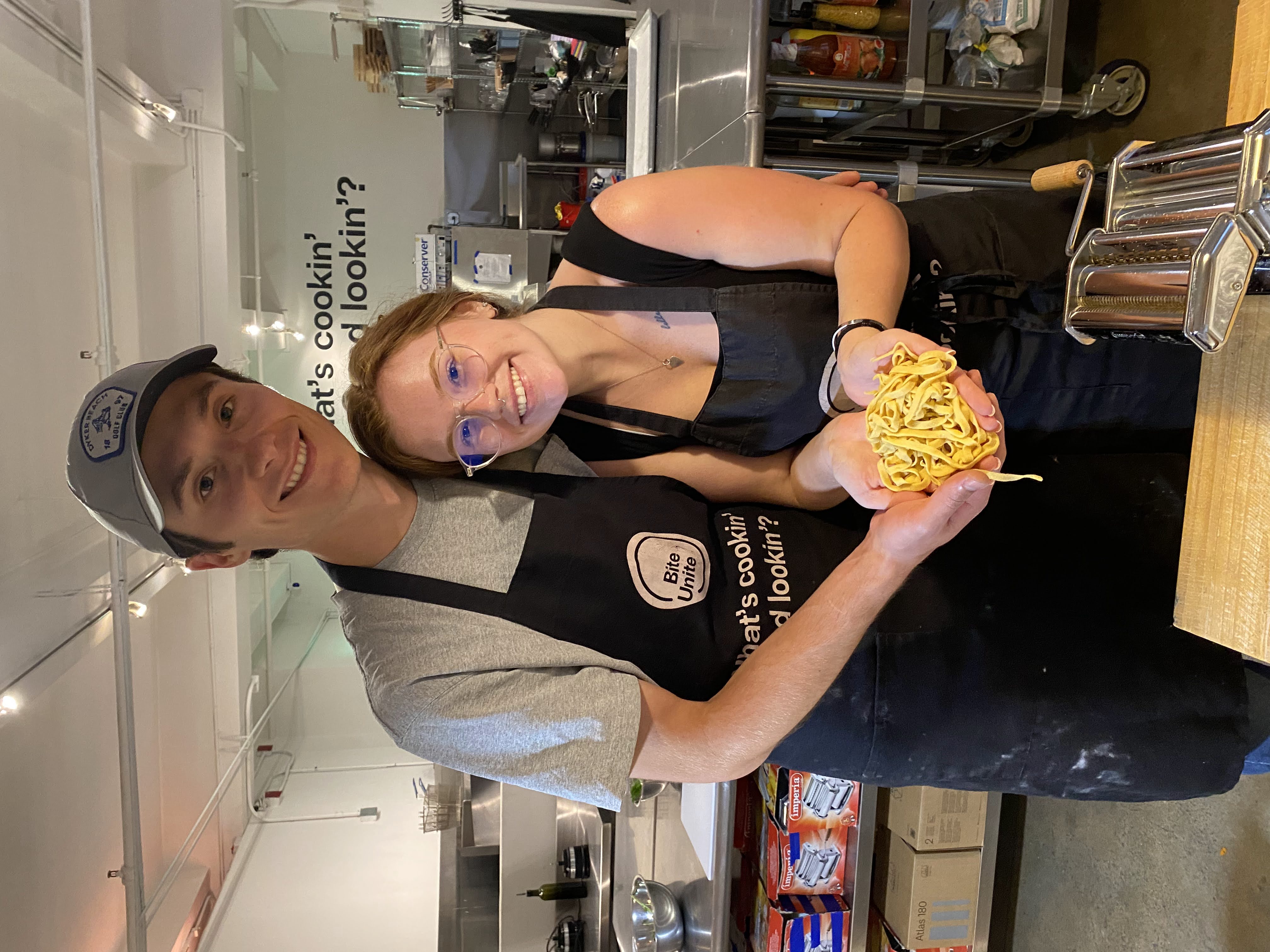

.jpg)
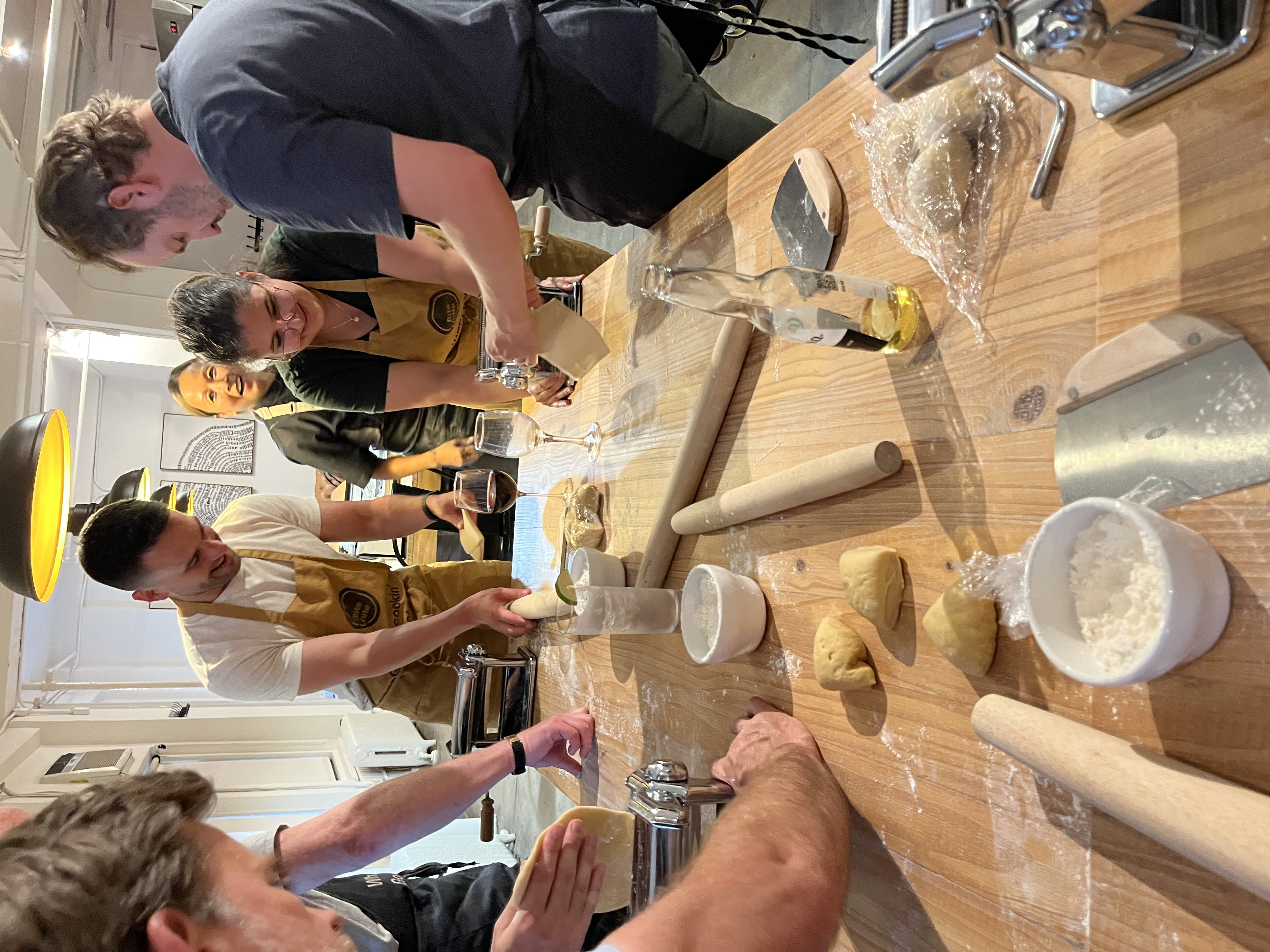
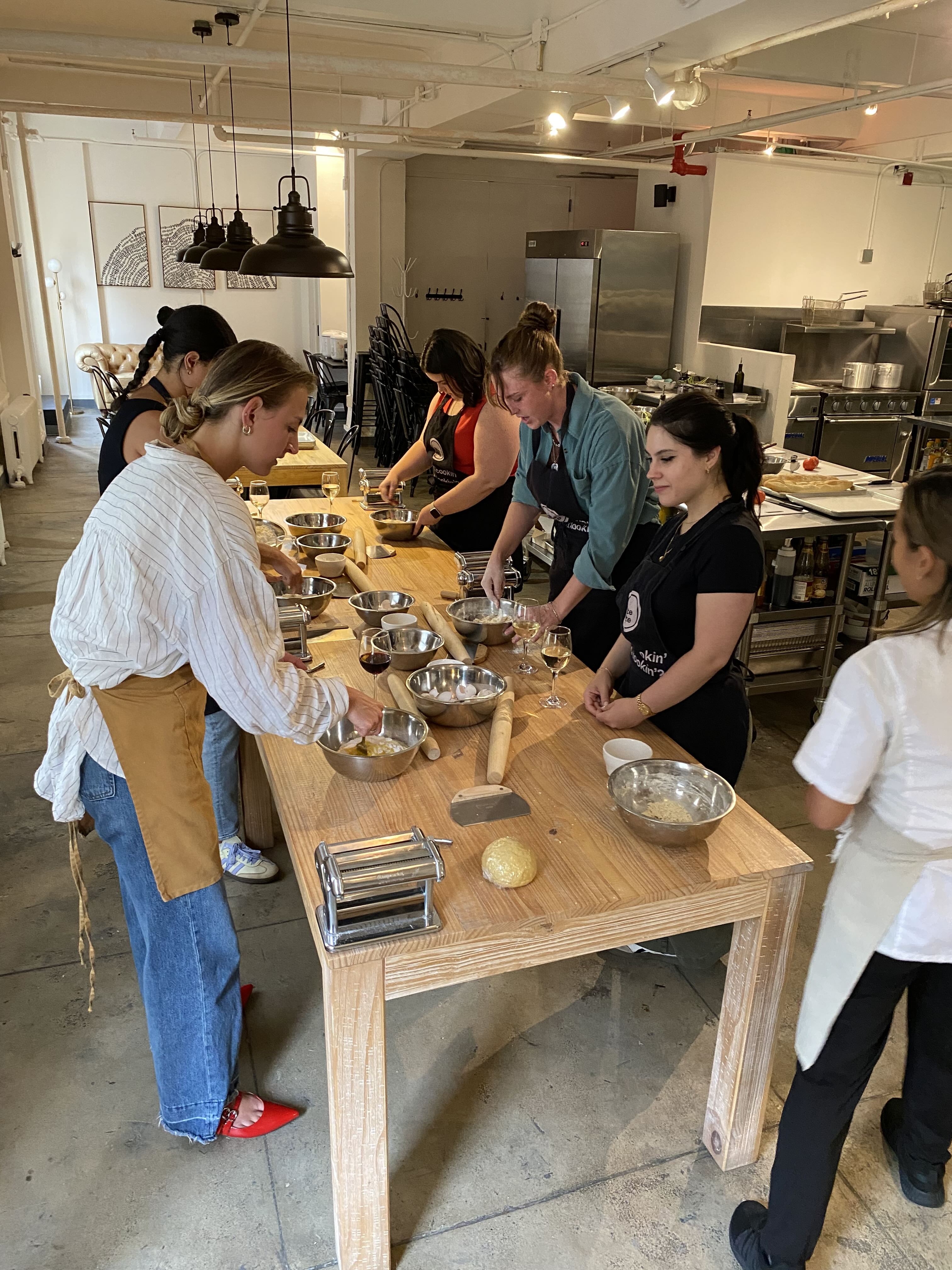
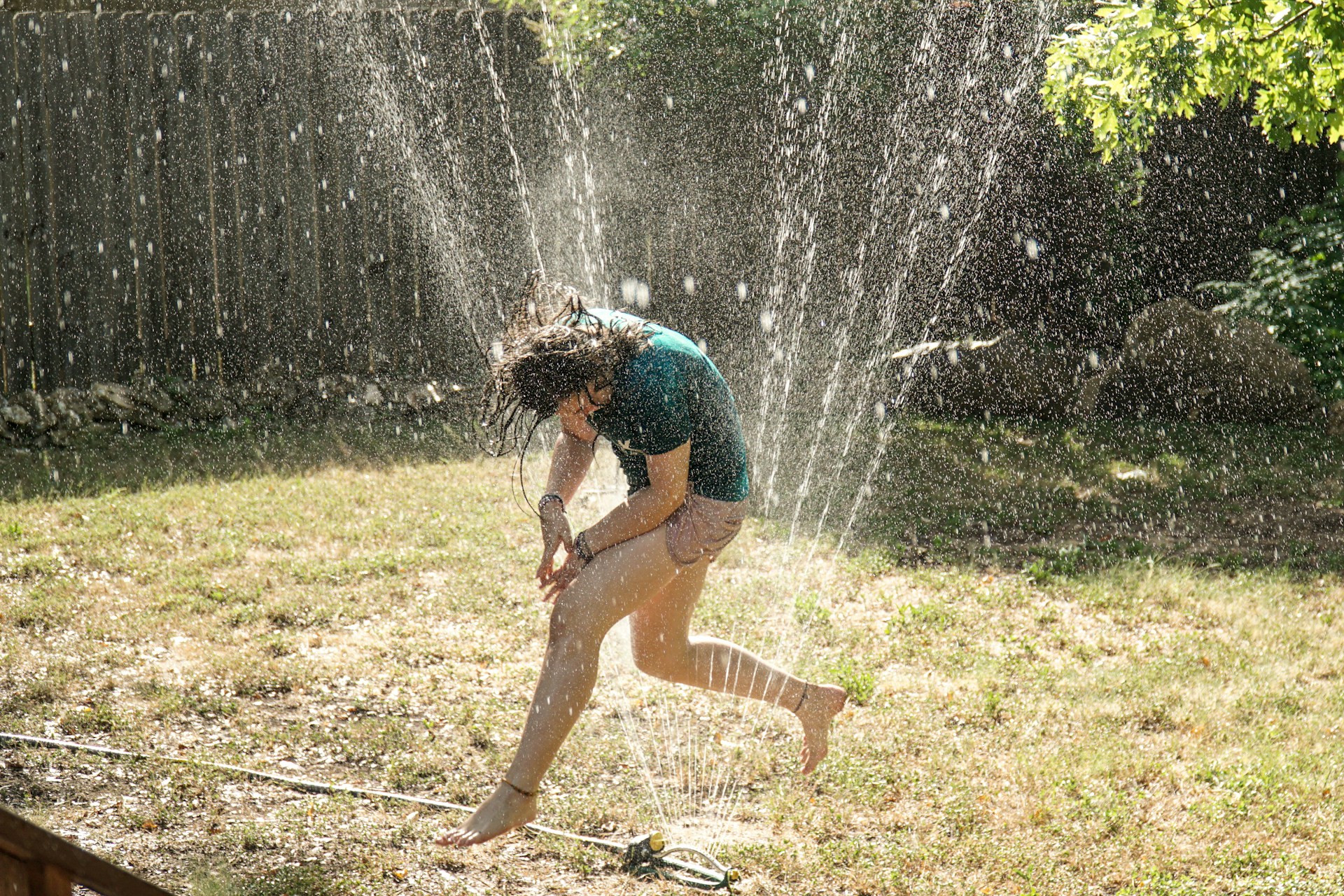

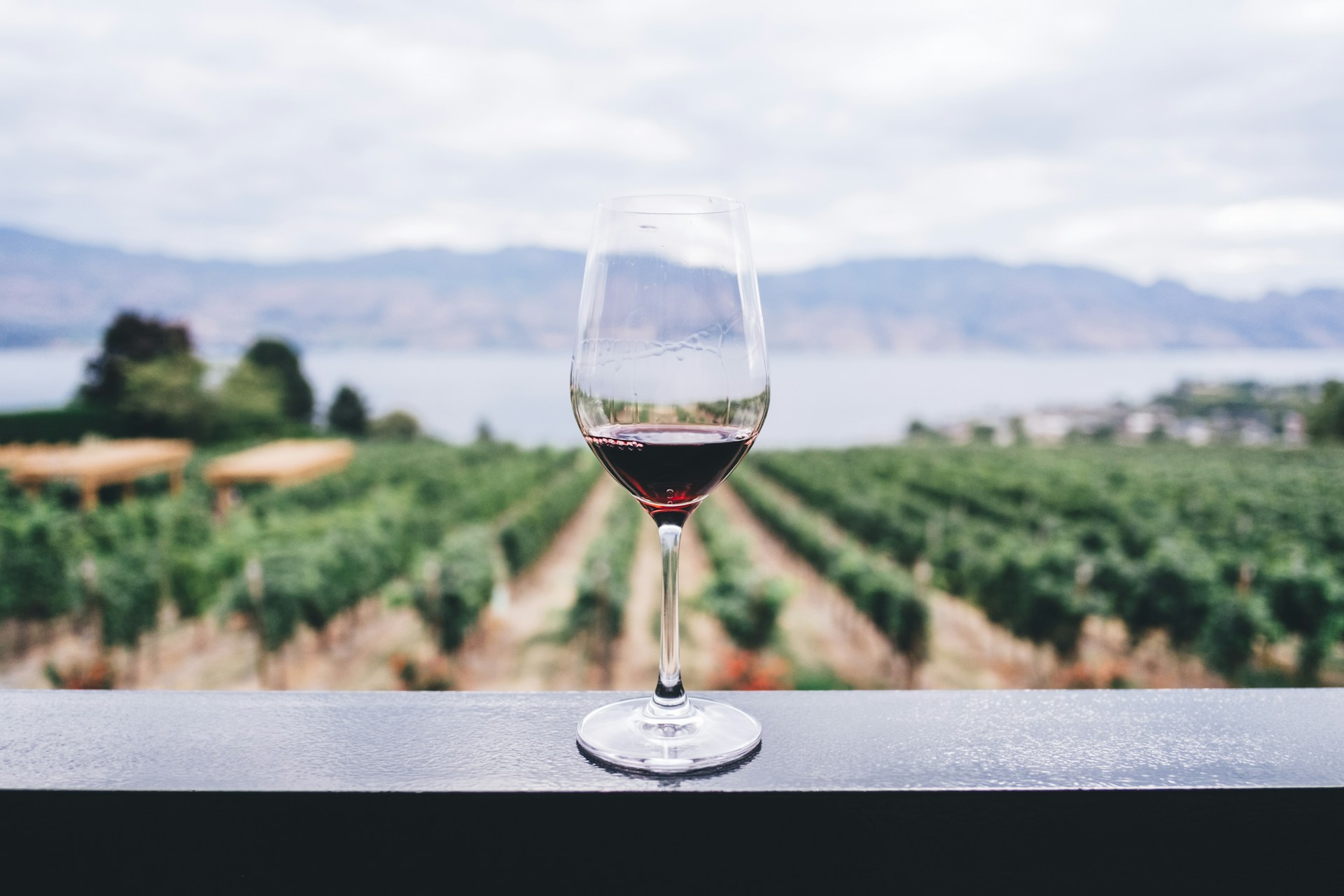
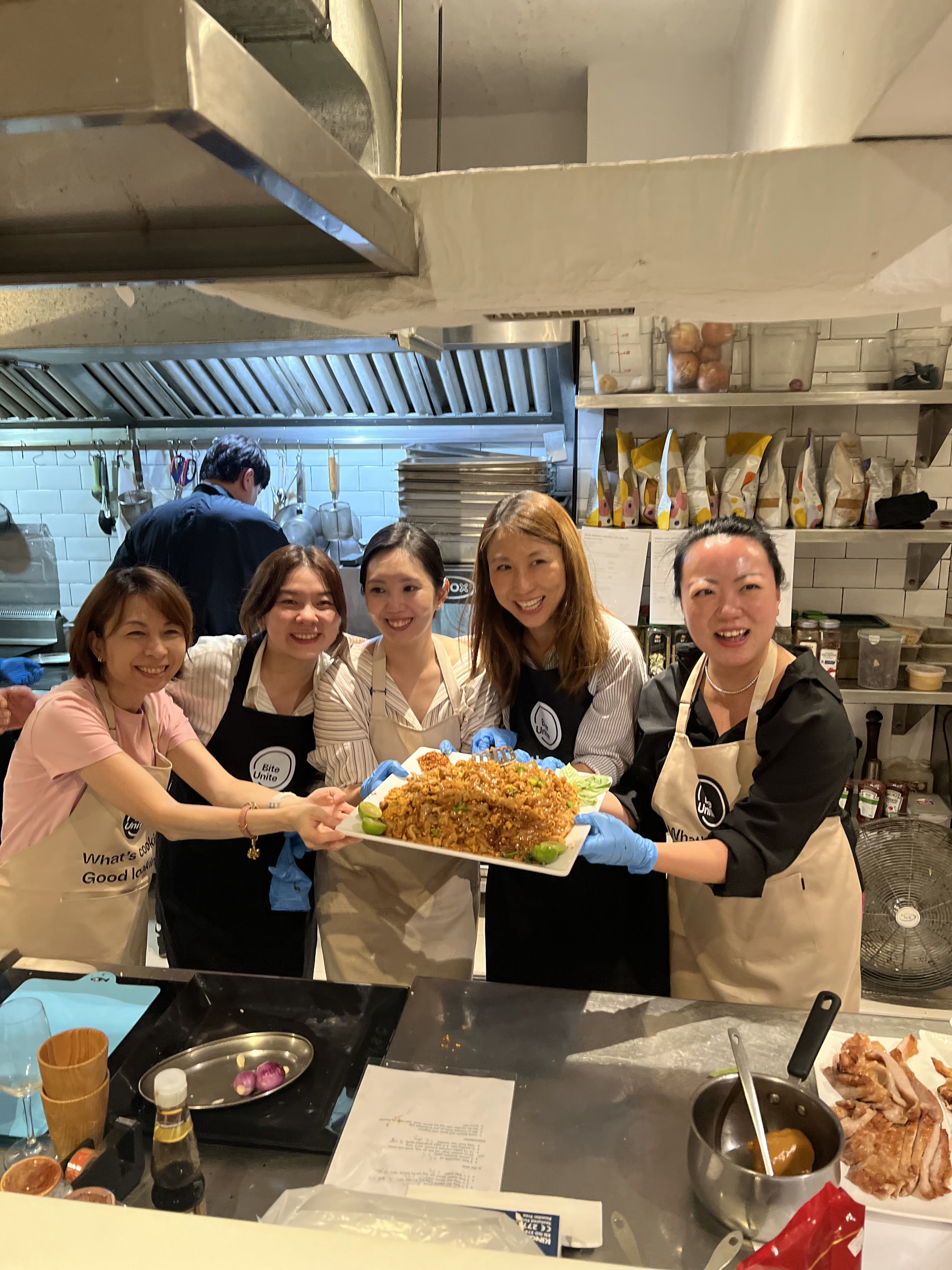
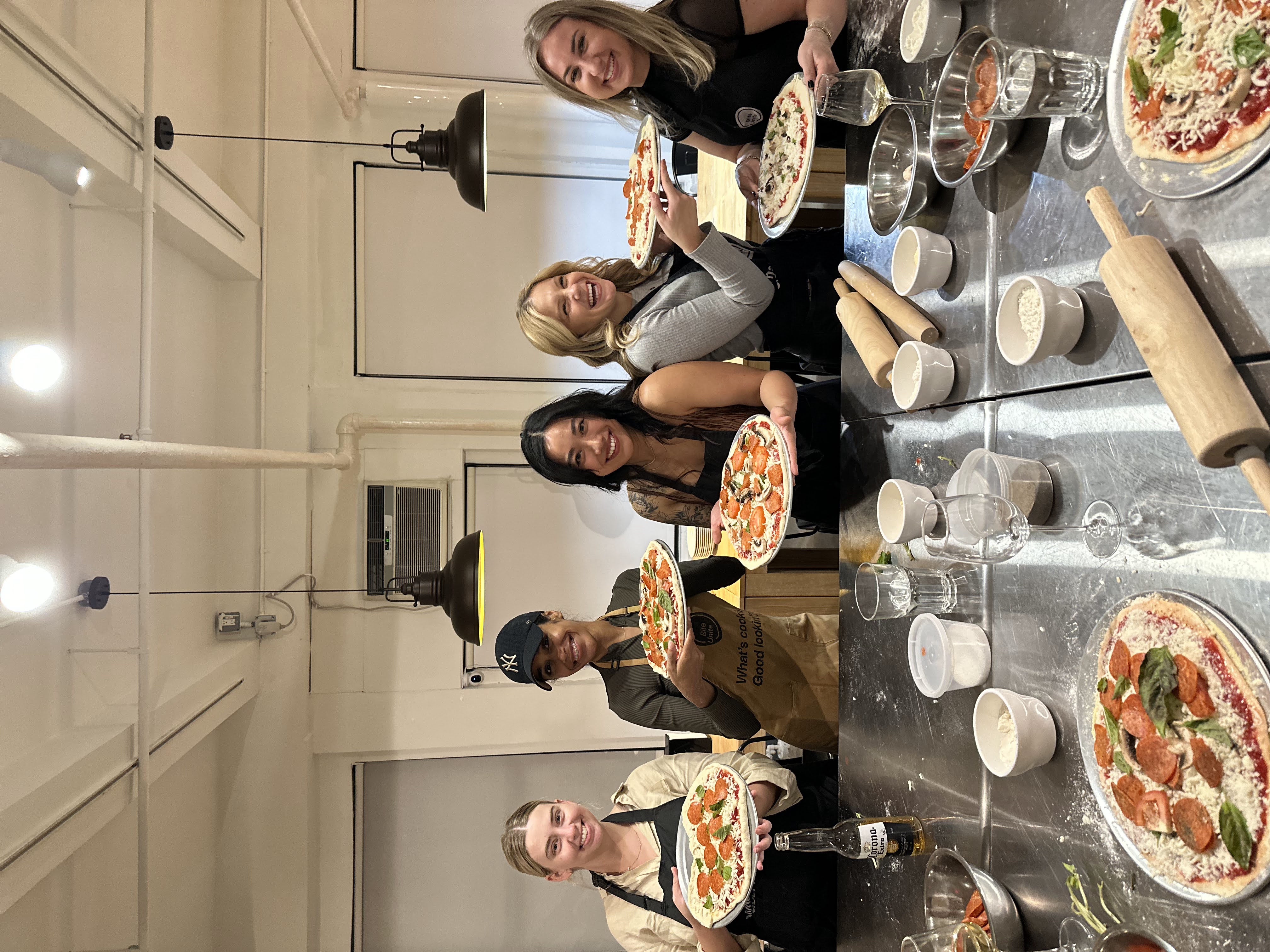

.jpg)


.JPG)
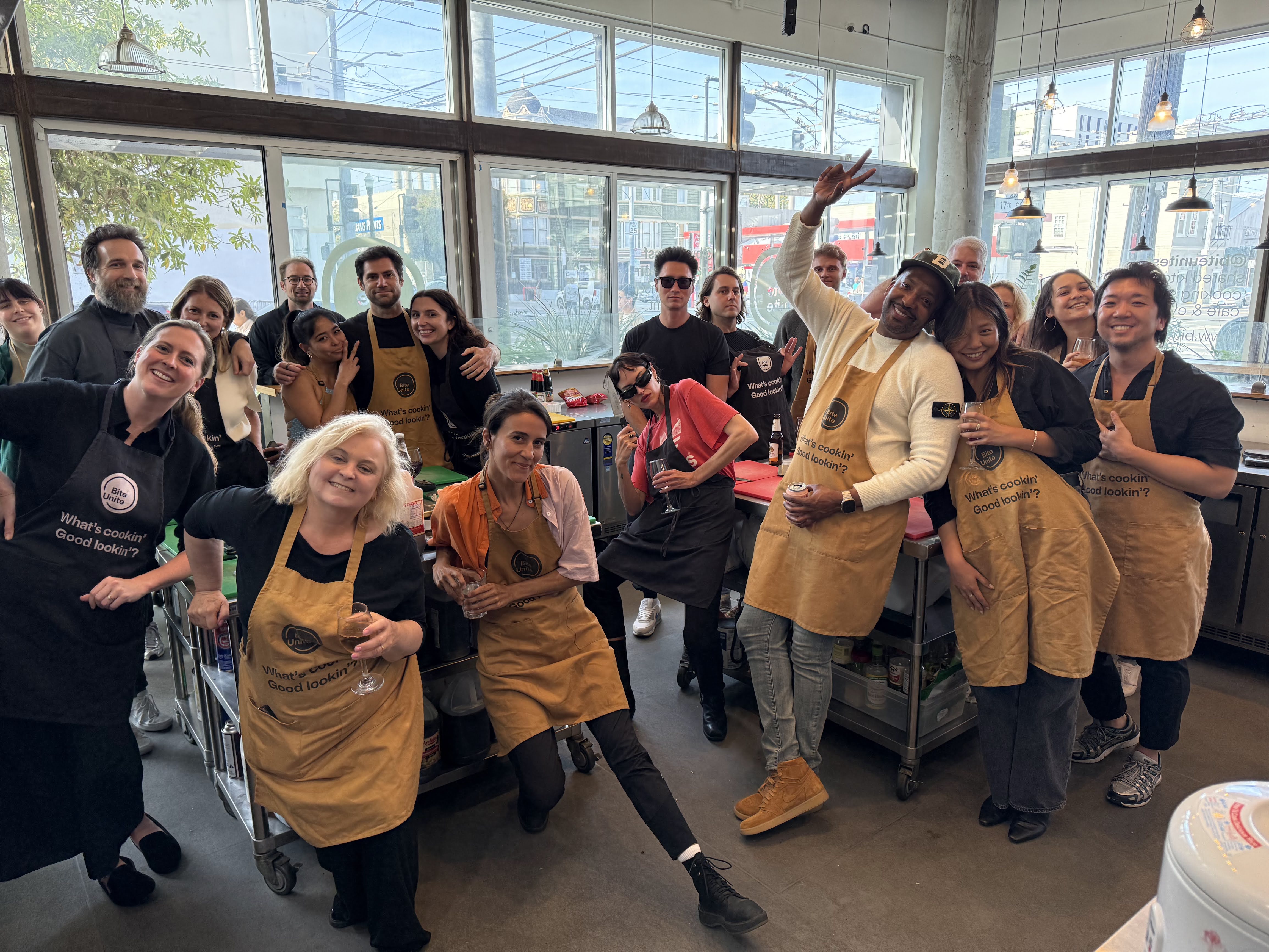
.jpg)















.webp)


























